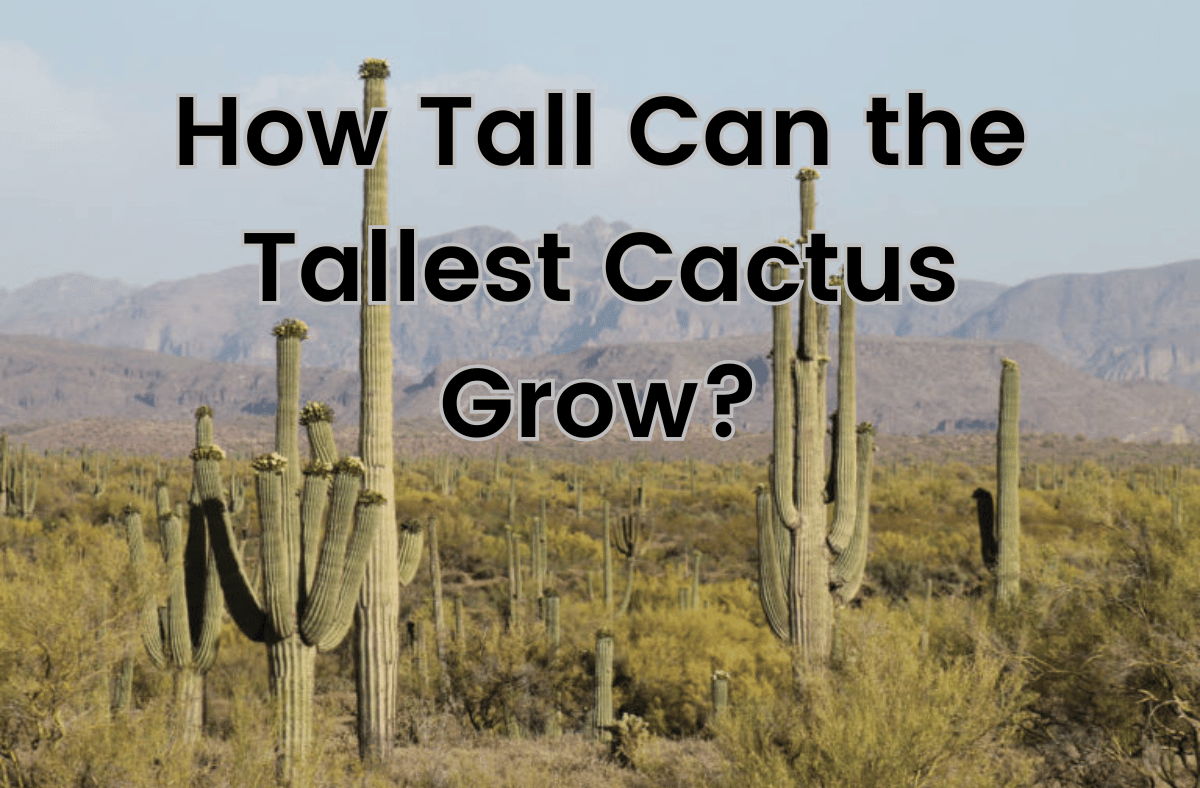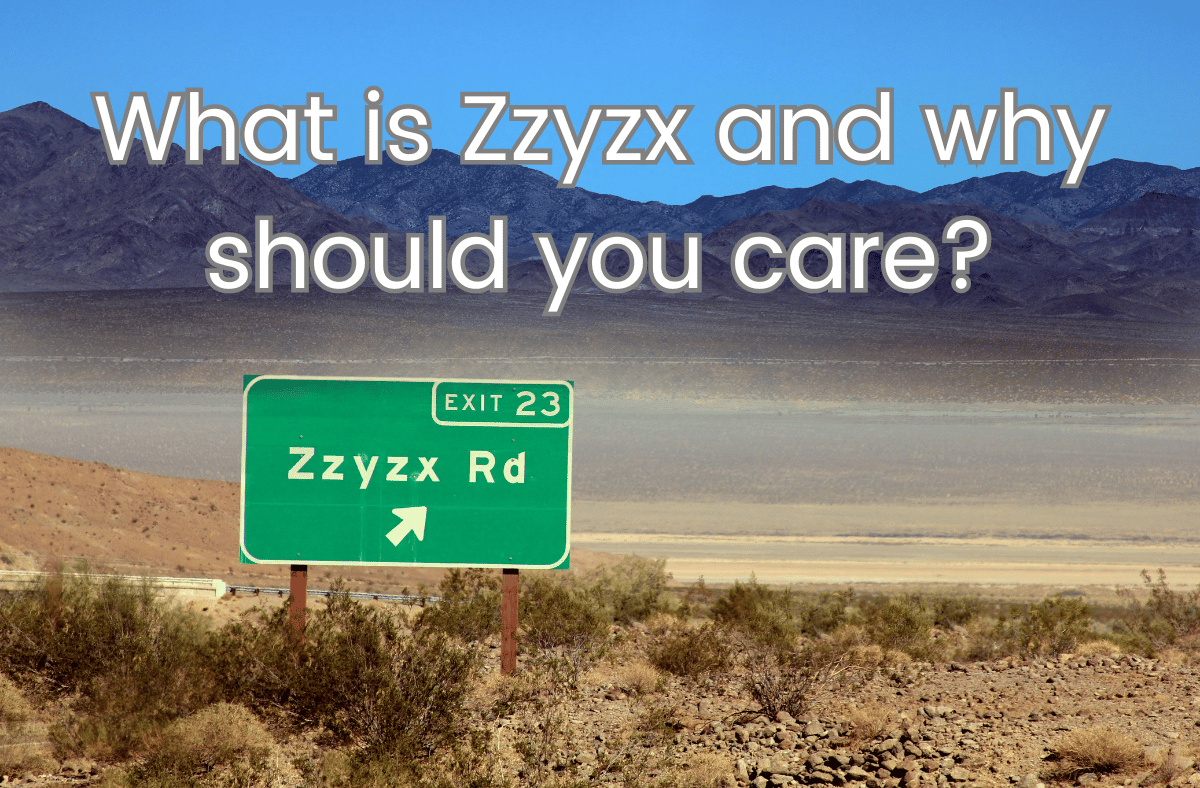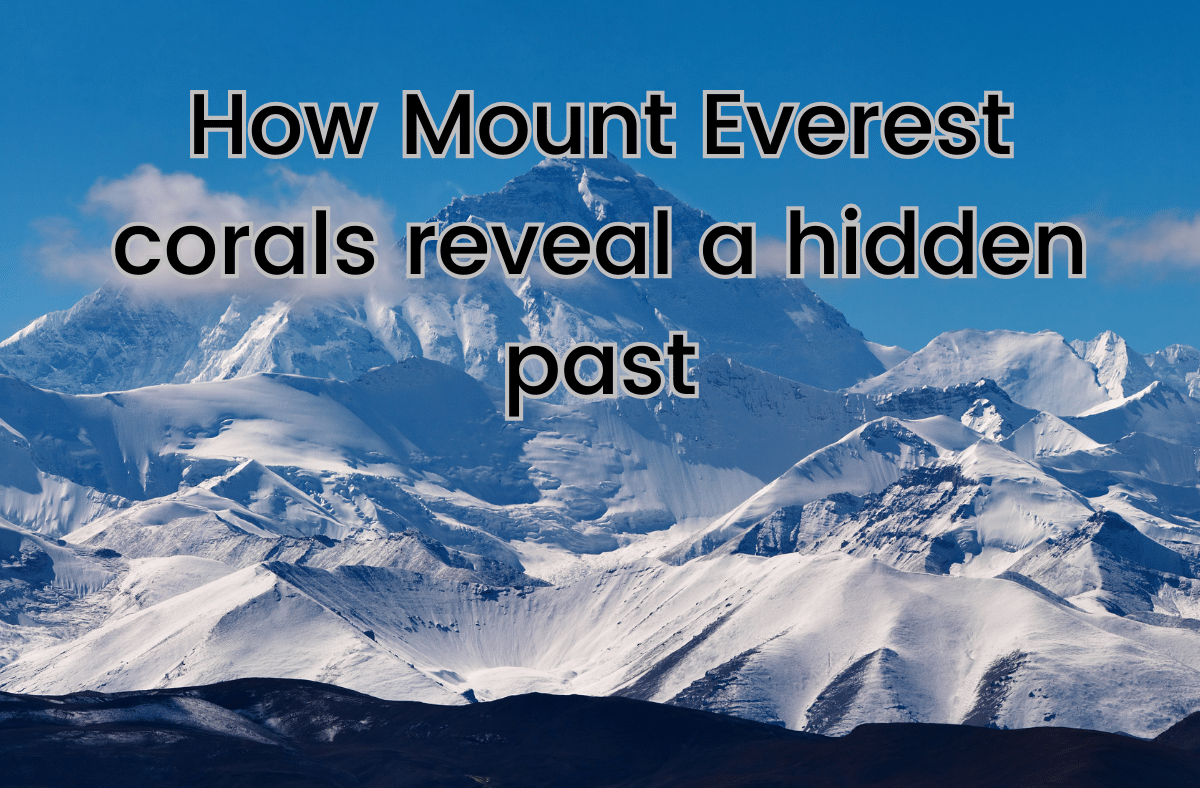Have you ever wondered how big a snowflake can get? You might think that snowflakes are always tiny and delicate, but that’s not always the case. In fact, the world’s largest snowflake ever recorded was a whopping 15 inches (38,1 cm) in diameter! That’s bigger than a milk pan or a frisbee!
How Did It Happen?
This giant snowflake was witnessed by ranch owner Matt Coleman on January 28, 1887, at Fort Keogh, Montana, USA . He later described it as being “larger than milk pans” in a magazine. He was not the only one who saw it. Many soldiers who were posted at the fort also reported seeing huge snowflakes falling from the sky that day.
But how did such a large snowflake form? Scientists have some theories. One possibility is that many smaller snowflakes stuck together to form one big one. This can happen if there is some water on the surface of the snowflakes, or if strong winds blow them together. Another possibility is that the snowflake grew very slowly and steadily in a stable environment, without breaking apart.
Big snowflake: Why Is It So Rare?
The world’s largest snowflake is still a mystery to many people. It is very rare to see such a large snowflake, because they usually break apart or melt before reaching the ground. The conditions have to be just right for a giant snowflake to form and survive. The temperature, humidity, wind speed, and air pressure all play a role in shaping the snowflakes.
Most snowflakes are much smaller than the one at Fort Keogh. The average size of a snowflake is about half an inch in diameter, but they can range from less than a millimeter to several inches. Snowflakes come in different shapes and patterns, depending on how they form and grow. Some are simple hexagons, while others are more complex and symmetrical. No two snowflakes are exactly alike!
What Can We Learn From It?
The world’s largest snowflake is more than just a curiosity. It is also a source of inspiration and wonder. It shows us how nature can create amazing and beautiful things out of simple water molecules. It also challenges us to look closer at the world around us and appreciate its diversity and complexity.
Snowflakes are not only fascinating to look at, but also to study. They can teach us about physics, chemistry, mathematics, and art. They can also help us understand climate change and weather patterns. By learning more about snowflakes, we can learn more about ourselves and our planet.
So next time you see a snowflake, don’t just brush it off. Take a moment to admire its shape and size. You never know when you might see the world’s largest snowflake again!






















